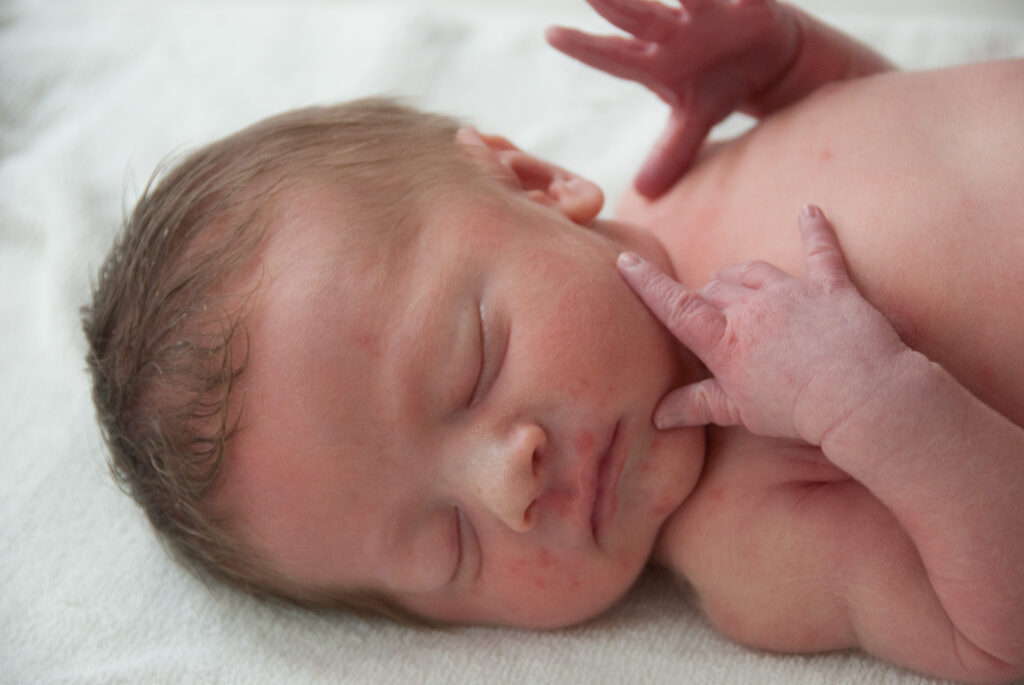Abortion
Russia, “abortion culture,” and our civilizational suicide pact
In 2022, at least 503,809 babies were aborted in Russia. Of that number, more than 492,500 abortions were obtained by women ages 18-44. This staggering number is actually a decline — in the early 2000s, the abortion rate was well over a million per year. Abortion was illegal during the tsarist period but legalized in 1920 after the Bolshevik Revolution; the number of abortions soared to a peak of 5,463,300 in 1965; scholars refer to Russia as having an “abortion culture,” which continues through the present.
The legality of abortion has fluctuated as Soviet — and then Russian — authorities realized that the prevalence of abortion culture could court a demographic crisis later on. From 1936 to 1955 abortion on demand was restricted; an estimated 260 million abortions took place between 1920 and 1991 when the Soviet Union fell, although precise numbers are impossible. To contextualize the scale of this mass killing, Russia’s current population is just over 143 million. Currently, abortion is legal on demand until 12 weeks’ gestation.
In Russia, like countries around the world with similar “abortion cultures” — including Communist China (an average 73 million abortions per year) and the United States — the butcher’s bill is coming due in the form of the long-predicted demographic crisis. In China, the same family planning bureaucrats once responsible for grotesque forced abortions and compulsory sterilizations are now badgering newly married couples to produce children; in Russia, officials are attempting to pay women to produce children.
According to The Moscow Times, “11 Russian regions will pay students 100,000 rubles (under $1,000) starting next year in exchange for giving birth,” with the new policy coming into effect “on Jan. 1, 2025, as President Vladimir Putin seeks to address the country’s deepening demographic crisis,” a situation worsened by the invasion of Ukraine. The policy will take effect in Tomsk and Altai in southern Siberia and was first rolled out this summer in the northern Russian republic of Karelia. According to The Moscow Times, the “eligibility criteria vary by region, but they all require for would-be mothers to be full-time students and between the ages of 18-to-23 or 18-to-25 when they give birth.”
The demographic crisis brought about by abortion culture is difficult to exaggerate. According to projections, at current rates Russia’s population will drop from 143 million to between 74 million and 112 million, a decline of between 25 percent and 50 percent. (Other countries, it must be noted, are not faring much better, with recent UN projections estimating that the global population will decline by around 20 percent over the same period.) The Russian government is belatedly attempting to address this decline, banning “child-free” lifestyles as “extremist ideology,” banning coerced abortion, and increasing and extending state maternity payments.
Despite these attempts, Russia’s birthrate has plummeted to its lowest level in 25 years even as Putin calls for families of three or more children to be seen as a Russian “norm.” But in Russia, as in China and elsewhere, only addressing abortion culture directly can make any impact on the devastating demographic plunge. If Russia’s current abortion rate holds, another 25 million babies will be aborted over the next half-century. Russia is running out of children. Many of them arrived — but were killed in the womb.
Legalizing abortion, as it turns out, is a civilizational suicide pact; it creates the illusion of a sexually revolutionary society as long as we collectively ignore the looming expiration date. For a time — even several generations — societies can carry on as if the party will last forever, even as the cribs empty and the dumpsters behind abortion clinics fill up. But childless societies are living on borrowed time, and eventually we must face the awful realization that our childless future looks much, much different than the present we purchased with the blood of the children we threw away. A choice for an abortion culture in the present is the choice for no culture in the future.








